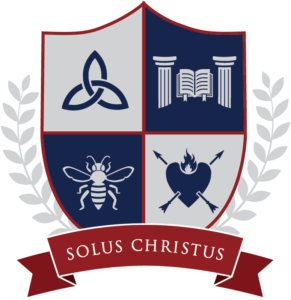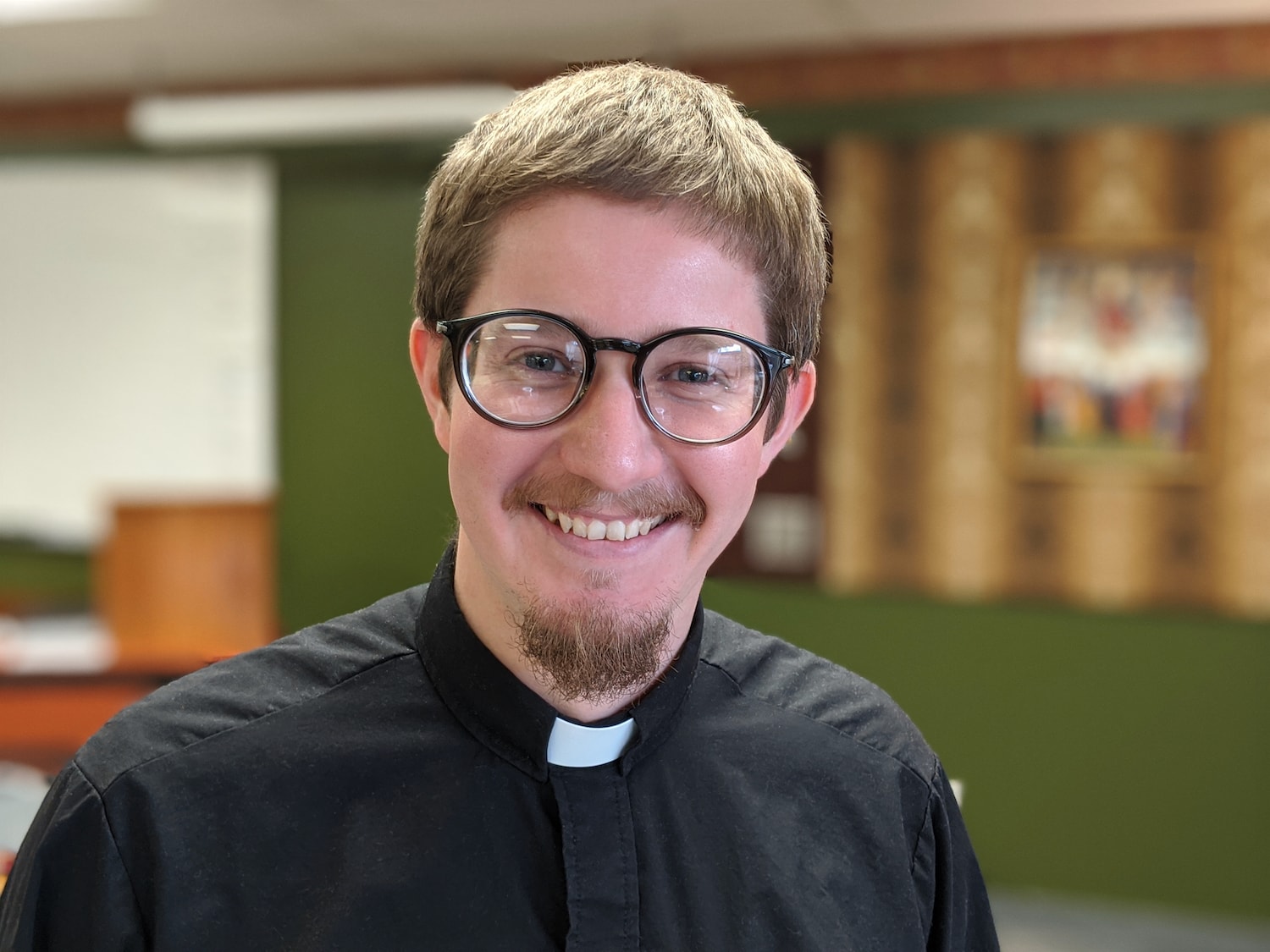Today, January 6th, is the Epiphany of Our Lord, the day when the Church celebrates the arrival of the magi from the east. Pictures of the scene can help us realize just how marvelous this was. The magi were highly respected members of Babylonian and Persian society. They were well-educated, they were wealthy, and they were willing to travel many hundreds of miles to bow down to a baby.
Why did the magi do this? Because they believed God’s Word. The prophet Daniel had been taken captive from Judah and exiled to Babylon when he was only a youth, and, in time, the king put him in charge of all the magi. Since the magi were particularly concerned with astronomy, Daniel taught them about the celestial sign that would signal the coming of the Savior.
Now, centuries later, the magi come. They do not come because the star told them. Without God’s Word they may have noticed something unusual in the sky, but they wouldn’t have known, “It’s time to go to the land of Israel and look for a child king who is God.” The only reason they understood anything about Christ from the star was because they had the Word of God that interpreted the star for them.
This also explains the image of rich wise men worshiping a child. The magi didn’t worship the child Jesus because he looked like something great or because he looked different from other children. The magi worshiped Jesus because the Word of God had identified this child as the Son of God.
The image accompanying this article is from a book of hours. Books of hours were devotional books used at set times during the day, and they included readings from Scripture, psalms, and prayers. You’ll note the words “Deus in” at the bottom of the picture, which are the first words of Psalm 70:1 from the Latin Bible, Deus in adjutorium meum intende, “O God, make haste to help me.” Back in the 6th century, Benedict of Nursia included in his famous monastic Rule that this verse was to be sung at Matins, which explains why it appears in a book of hours. In fact, our students still sing this verse each morning at Matins.
In the picture, this verse is interposed on the visitation of the magi, and it seems that the wise man is praying it to Jesus as he bows down and kisses his foot. It is a striking image: a noble and respected astronomer travels for months to kneel before a child and pray, “O God, make haste to help me,” rightly believing that this child is God in the flesh.
The world would look at this and think the man was crazy. And the world would be right, if the magi did not have the Word of God to tell them what’s what. We have that same Word of God, and we worship that same Jesus who looks weak and foolish to the world, namely, Christ Crucified. We pray to him, “O God, make haste to help me,” knowing that his weakness is the strongest thing in all the earth.
In Christ,
Pastor Richard

